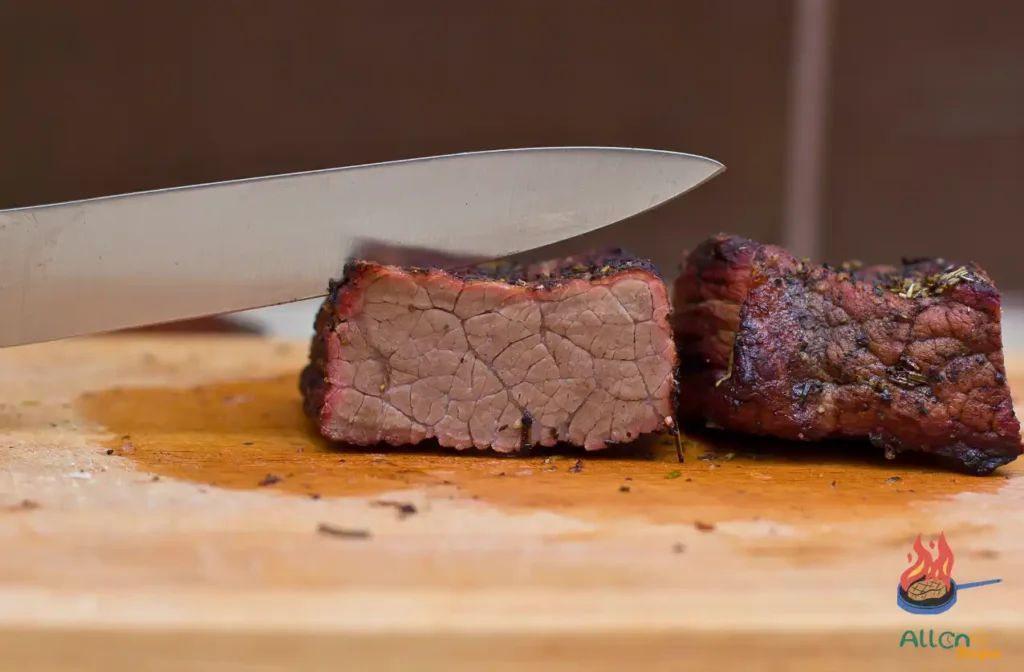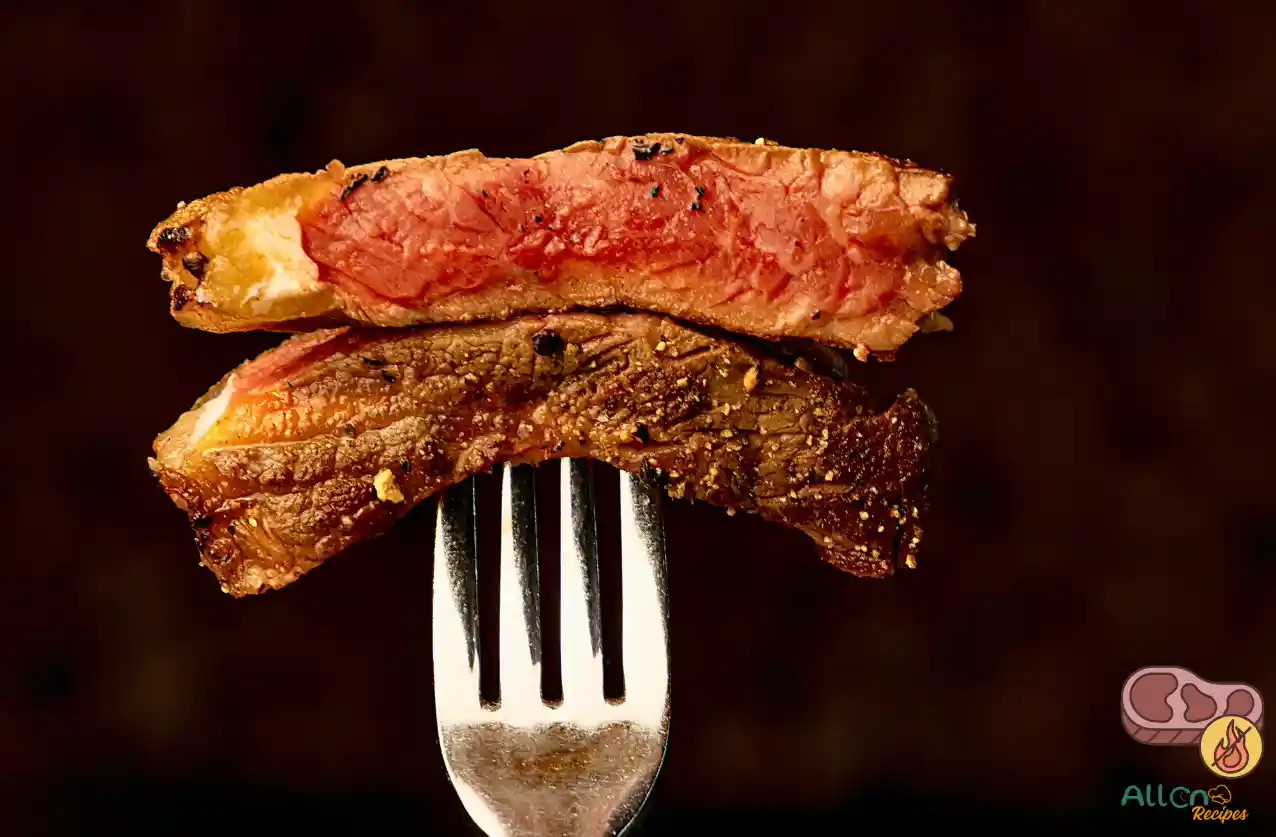You seared it. You rested it. You sliced in, and something’s not right. Maybe the center looks a little too raw, or worse, it’s dry and gray all the way through. We’ve all been there.
Cooking steak isn’t hard, but getting it just right? That takes a little more attention. If you’re not sure where you went wrong or how to fix it next time, here’s what to look for.
First: Don’t Panic at the First Slice
Before you assume it’s ruined, take a second.
Some steaks, especially thicker ones, don’t show their true color right away when you cut into them. If it’s been resting for just a minute or two, give it another minute. Sometimes the juices settle in and the color shifts. What looked raw can mellow into pink. And what seemed dry might still have life in the center.
But if you’ve waited, and it’s clearly not right, here’s how to tell which way you missed.
Signs It’s Undercooked
This is what underdone steak usually looks and feels like:
- The center is deep red and cool to the touch. Not just rare, we’re talking raw.
- It cuts unevenly, the knife resists at first, then slides through soft, jiggly meat.
- Juices might pool reddish or watery, not pink and warm.
- If you take a bite, it’s chewy and slightly metallic, like meat that didn’t get a chance to cook down.
What to Do If It’s Too Rare
If you catch it early enough, you can throw it back in the pan or under the broiler, just for a quick flash. Don’t start over. Don’t nuke it. Just give it heat on both sides, maybe 30–60 seconds per side, and rest it again.
You won’t get perfect sear alignment, but the steak will still be salvageable.
Pro tip: Always slice just one piece first to test. That way you’re not committed if you have to return it to heat.
Signs It’s Overcooked
This one’s easier to spot. You’ll notice:
- The meat is brown or gray edge-to-edge, no pink or red in sight.
- It feels tight. There’s little bounce when you press it.
- It chews dry, with little juice left on the plate.
- It starts tasting more like a roast than a steak, meaty, but flat.
What to Do If It’s Over

Once a steak’s overcooked, there’s no real undoing it, but you can help it out.
- Slice it thinner, like really thin. Think steak sandwich style.
- Spoon a little melted butter or steak juice over the top to fake back some moisture.
- Serve it alongside something saucy or creamy, mashed potatoes, chimichurri, or compound butter.
Also, don’t overreact. Some folks actually prefer it this way. If you’re feeding more than just yourself, it might still make someone very happy.
How to Prevent It Next Time
- Use a thermometer. Seriously. Pull it a few degrees before your target (125°F for medium-rare).
- Rest your steak. Even 5–7 minutes makes a huge difference in juice retention.
- Don’t crowd the pan, and don’t crank the heat if the cut’s thin. That’s a recipe for disaster.
- Practice on thicker cuts. They give you more control.
Last Thought
Steak’s forgiving, more than we give it credit for. The difference between “perfect” and “not quite” is usually just a minute or two. The more you cook, the more you’ll feel that rhythm. You’ll stop slicing to check. You’ll start slicing to serve.
And if you mess one up? You’ll know exactly what to adjust next time.
- 2 Inch Steak Cast Iron Cook Time Guide – October 4, 2025
- How to Perfectly Pan-Sear a Delmonico Steak at Home – August 7, 2025
- How to Tell If You Overcooked or Undercooked That Steak – August 5, 2025

Leave a Reply